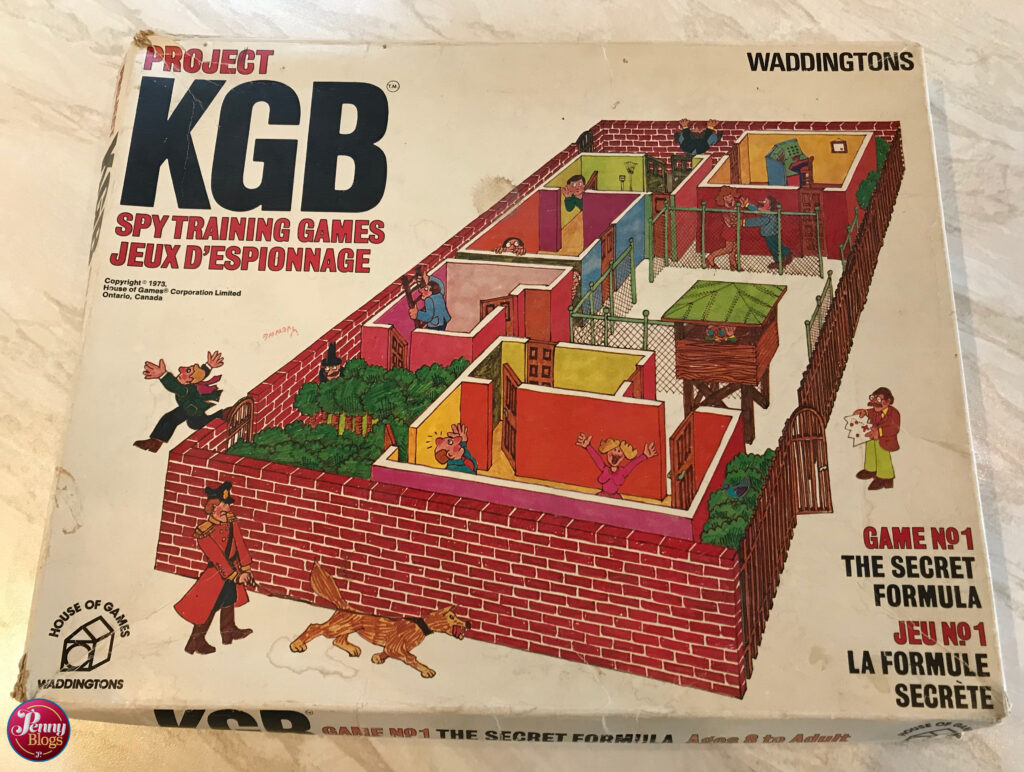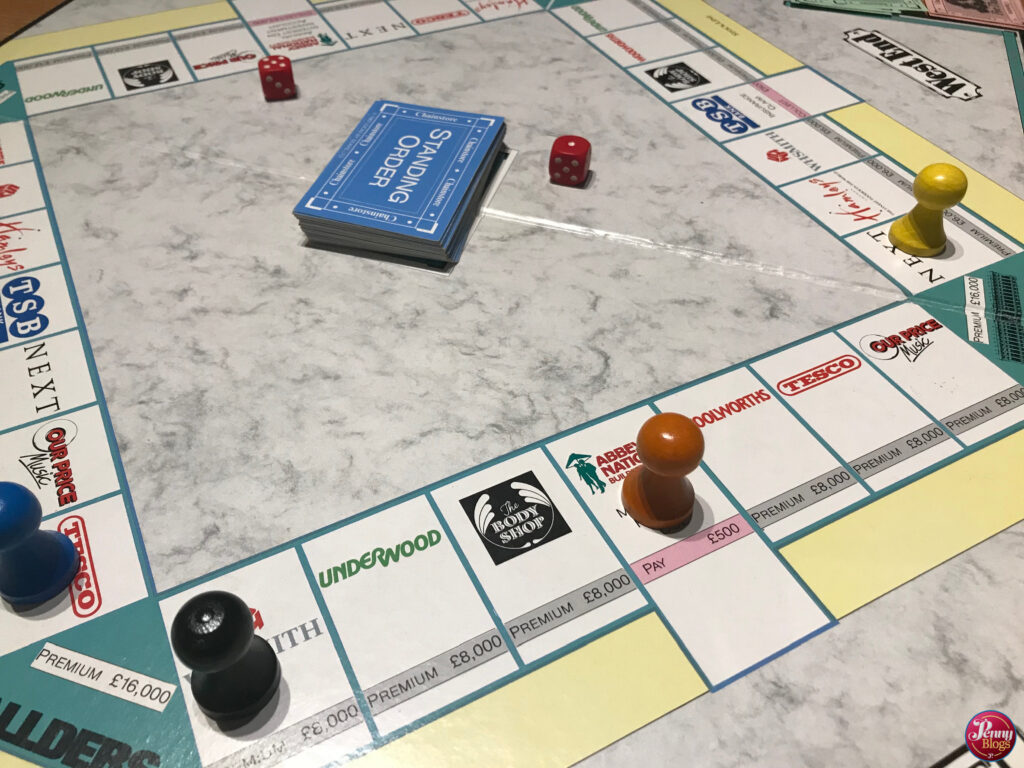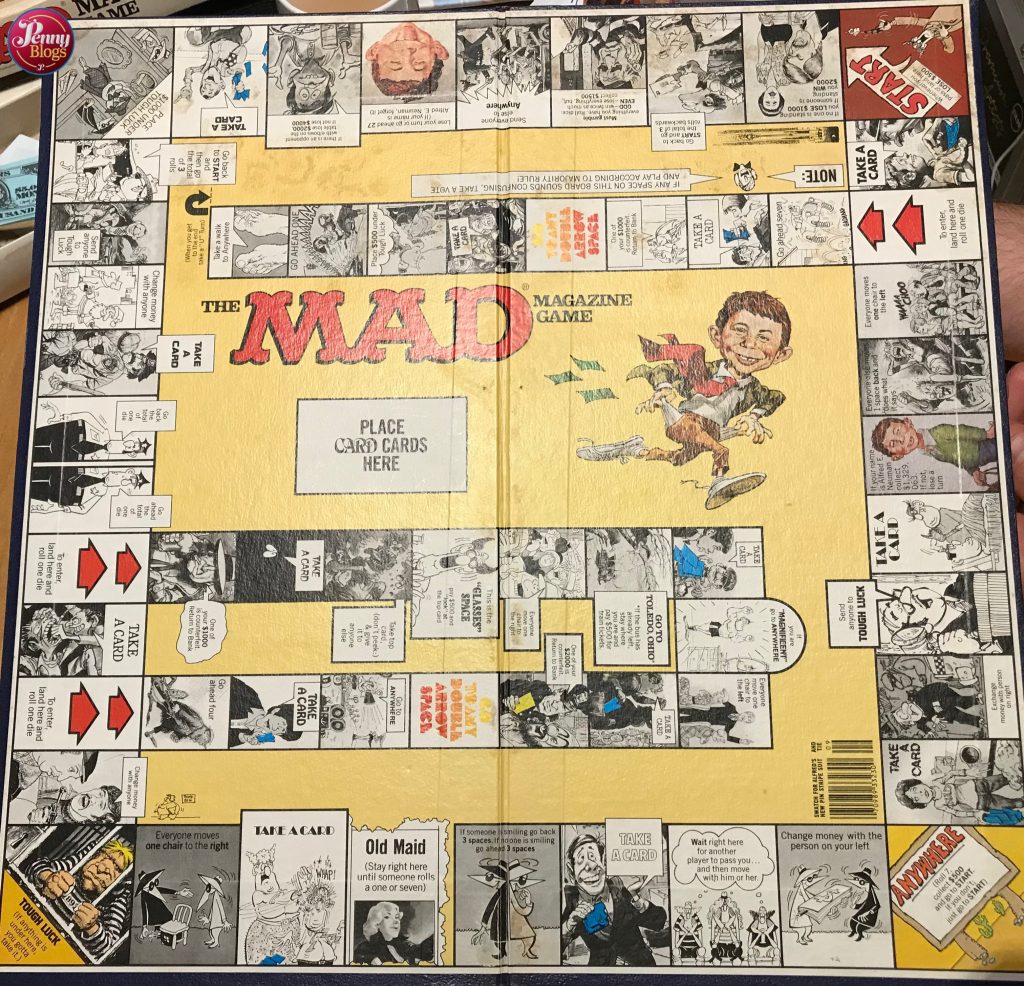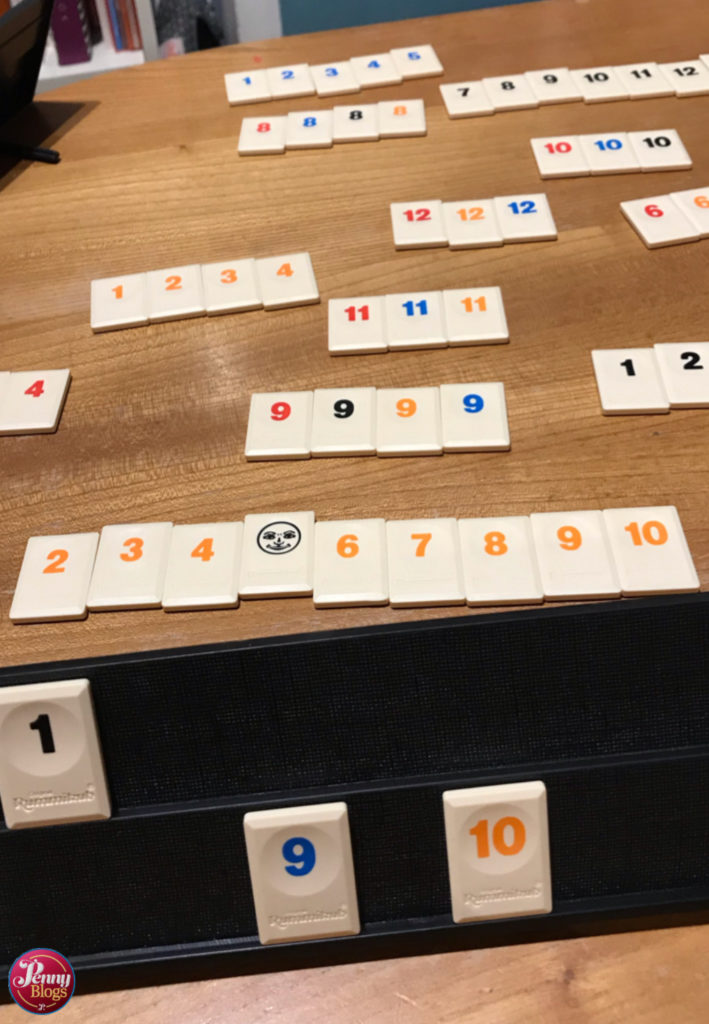Every so often you find a game that you didn’t even know existed and you (understandably) get very excited as a result.
As I’ve said many times before on here, I love spy based games, yet I didn’t know about the two Spy Training Games that Waddingtons released in the 1970s. Now, what is a bit confusing here is the different names of the different games, so please bear with me whilst I try to explain.

Project CIA or Project KGB?
From what I can gather there were two games initially released in Canada by “House of Games”. These were:
- Project CIA: The Secret Formula, and
- Project KGB: The Double Agent
Now, House of Games is what Waddingtons was known as for many years, and certainly my version of this game is published by House of Games Waddingtons, so I am assuming that the first version was published by them too. I know from experience that they did publish many games in Canada (certainly it was what I saw with versions of Ratrace that I’ve owned) and this game has details in both French and English on the box.
The observant of you will by now have noticed that the game I am featuring here is Project KGB: The Secret Formula. It appears that the game’s name changed at some point between the first and second versions, despite the fact that both were published in the same year, 1973. Now I don’t have a version of Project CIA: The Secret Formula to compare against, but the record on Board Game Geek suggests that it was only published in English.
The two games were designed so that they could be played as standalone games, or the boards could be put together to play as a combined game in two stages. Waddingtons also apparently sold a combined version of the two games in the one box in 1975 called Super KGB.
The Secret Formula
Let’s concentrate now on the actual game I have in front of me – Project KGB Game No 1 The Secret Formula.
The problem with the version of the game that I picked up is that it doesn’t contain any instructions. Nor could I find an actual set of rules anywhere on line, despite asking in loads of different online groups. The best I could find though was this excellent description of how to play the game, which I think is detailed enough to actually be able to play from.
The aim of the game is to find a hidden envelope with a secret formula in it, whilst avoiding a guard and other agents who are also looking for it.

The board contains what I assume is some sort of spy HQ building, complete with laboratory, observation tower, conference room, dormitory, communications building and training ground. Envelopes (white tiles in the game) are left in pre-designated places around the board and players have to go to each location to pick up the enveloped.

One randomly contains the secret formula (i.e. a formula written on the back of a white tile) and the player who gets this envelope has to try to get out of the building with it without any other players realising.

Now, the first confusion is why there are so many more envelope tiles than there are spaces to put them on the board. Is there an actual reason for this? Were they just spares in case people lost some, or was the set I have at some point used in conjunction with another game and they came from there?
Other Agents and the Security Guard
The tricky bit is that if another agent approaches you in the game you have to hand over your envelopes and miss your next go. There is also a security guard who moves around the board in a pre-designated manner, or he can be summoned to a room if a player rolls a double whilst they are in there.
When a player is in a room with a guard then both must roll dice in order to escape the room. The agent can not pass through any square occupied by the guard, but if they roll enough to avoid him and exit the room then nothing else happens. If the player is unable to exit the room then they are captured by the guard. They have to drop all of the envelopes they are carrying on the spot and their playing piece is removed from the board and they miss a turn. At the start of their next turn they can enter the property and its grounds through any of the gates on the board.

Not having a copy of the rules leaves me with quite a few questions about game mechanics here. I’m not sure I exactly understand who rolls the dice on behalf of the guard or what the point of doing so is. If indeed this is accurate.
There are apparently some more detailed rules around the guard role and interactions with it, but again, without a copy of the full instructions I’m a little in the dark about how it all works properly.
My thoughts on Project KGB The Secret Formula
Without the rules it’s hard to play Project KGB The Secret Formula fully, but even just walking through the game I can see a few flaws. Firstly, I’m not sure how easy it is to hide if you have the secret formula. If you’re heading towards an exit on the board then is that not a giveaway for other Agents to come after you? Also, there’s only one secret formula to collect. If you happen across it on the first envelope that you pick up then it’s a pretty short game.

The game also reminds me of Top Secret, a Jumbo Games release that I have previously played and written about. In Top Secret though Agents are moving around the world and have to collect briefcases which could contain either secrets or a bomb. It seems to have a whole extra level of risk to it that isn’t in Project KGB The Secret Formula, and the playing pieces (agent shaped with actual briefcases to collect) are far nicer than the standard playing pieces and tiles representing envelopes that Project KGB has. Admittedly Top Secret is a later game published in 1985, but it would be interesting to know if any inspiration for it came from Project KGB. I know it was originally based on another game, but I still wonder why a spy version was created.
I am still intrigued though as to why Waddingtons changed the names of the games slightly and I’m still trawling charity shops and car boot sales to try to get my hands on the partner game The Double Agent, or the combined version Super KGB. In the meantime though, I’ll just concentrate on trying to get a copy of the instructions! It’s also time to finally dig out my copy of another Waddingtons spy game, Spy Ring, and see how that compares.
Are you a fan of vintage board games?
If you’re interested in vintage board games then why not head over to Facebook and join our new vintage board games group.
For more vintage board games and toys here on Penny Plays take a look here.






















